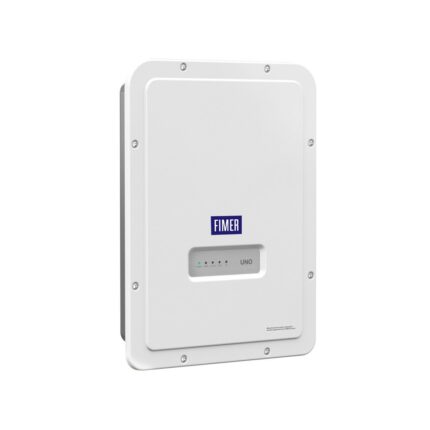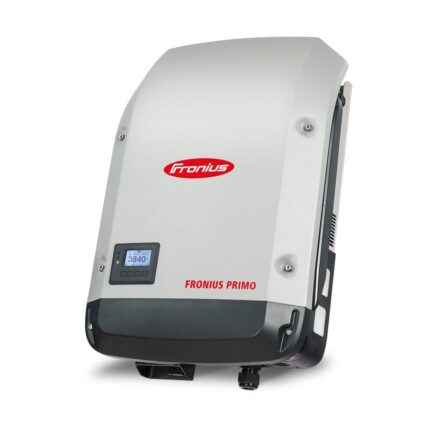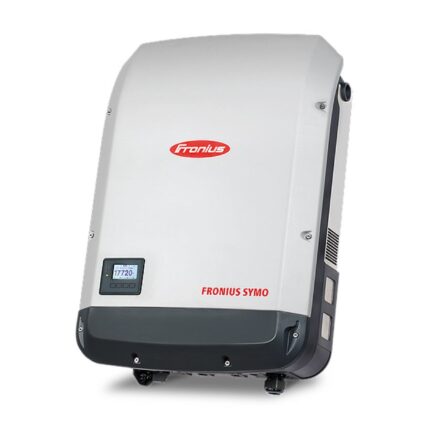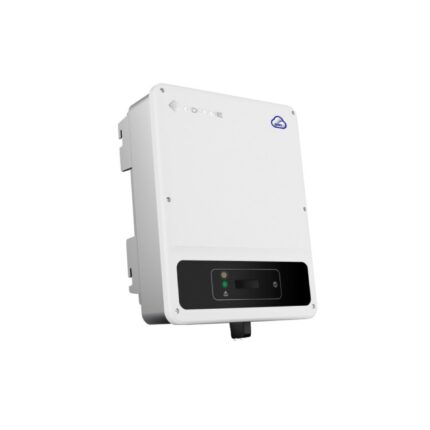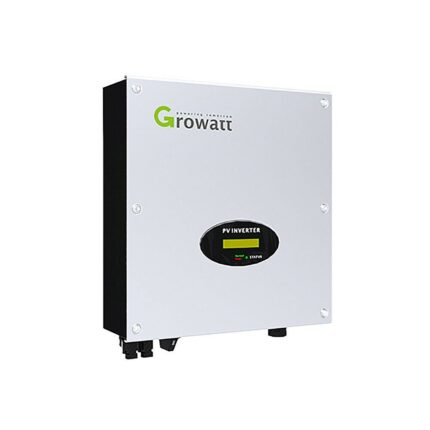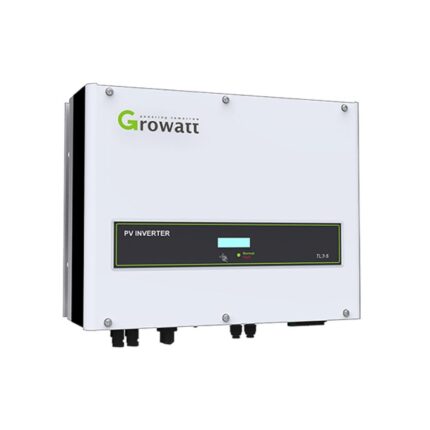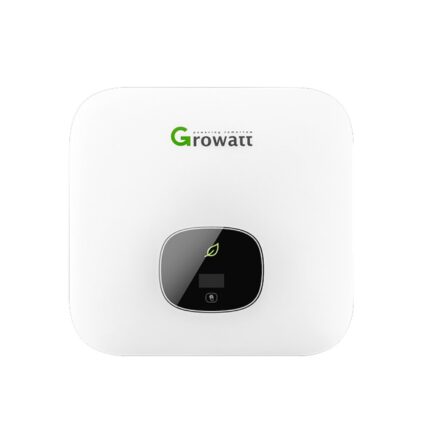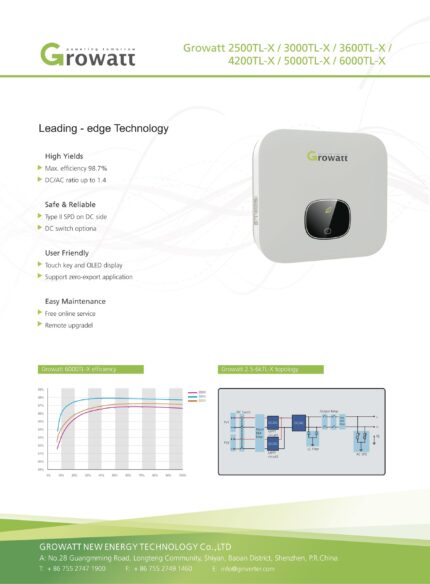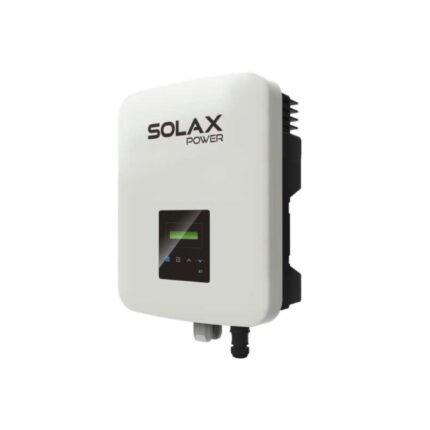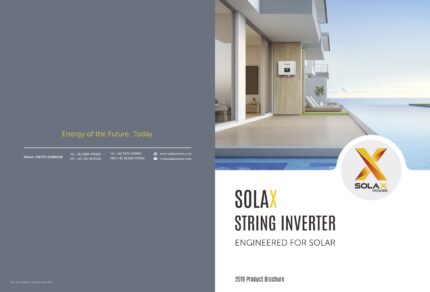Solar inverters play a pivotal role in dual Maximum Power Point Tracking (MPPT) systems, converting direct current (DC) generated by solar panels into usable alternating current (AC). These devices are integral for optimal solar installation performance, especially in systems with dual MPPT functionality. Let's explore the diverse world of dual MPPT solar inverters and their critical role in optimizing solar energy utilization.
Dual MPPT solar inverters come in various types, each designed to suit specific needs. String inverters with dual MPPT functionality manage a string of solar panels and are cost-effective for smaller installations. Microinverters with dual MPPT, installed on each solar panel, optimize individual panel performance, enhancing overall system efficiency. Central inverters with dual MPPT, suited for large-scale installations, efficiently convert DC to AC across expansive solar arrays.
These inverters incorporate advanced technologies to maximize energy production with dual MPPT functionality. Maximum Power Point Tracking (MPPT) algorithms, specifically designed for dual MPPT systems, ensure that the inverter operates at the peak power points of multiple strings, enhancing overall efficiency. Sun-tracking systems, in conjunction with dual MPPT, adjust the orientation of solar panels to follow the sun's path, optimizing sunlight exposure throughout the day.
Control and monitoring features with dual MPPT make solar inverters intelligent and user-friendly. Performance monitoring systems allow users to track and analyze the performance of their solar energy system with dual MPPT in real-time. Smart applications enable users to control and diagnose their dual MPPT solar inverters remotely. Integration with smart home systems provides a comprehensive energy management solution for dual MPPT systems.
Safety and reliability are paramount in dual MPPT solar inverter design. Short circuit protection technologies with dual MPPT safeguard against short circuits on multiple strings. In the event of a grid failure, inverters with dual MPPT automatically shut down to prevent damage. Durability is ensured, with solar inverters built to withstand environmental factors, ensuring long-term reliability in dual MPPT configurations.
The installation process is crucial for the effective functioning of dual MPPT solar inverters. Proper placement of inverters with dual MPPT functionality is essential for optimal performance with multiple strings. Inverters need to be correctly connected to both solar panels and the electrical grid, considering the dual MPPT configuration. Installers must follow safety guidelines to ensure secure installation and grounding in dual MPPT systems.
Regular maintenance and technical support ensure the longevity of dual MPPT solar inverters. Routine checks and maintenance procedures are recommended to keep the system running smoothly, considering the dual MPPT operation. Efficient procedures for replacing faulty components are in place in the event of malfunctions in dual MPPT systems. Solar inverters with dual MPPT come with warranty conditions and accessible technical support.
The economic viability of solar inverters with dual MPPT is a crucial consideration for consumers. Understanding the initial costs and payback period helps consumers plan their investment in dual MPPT systems. Calculating energy savings and cost-effectiveness provides a clearer picture of the financial benefits with dual MPPT functionality. Looking at the long-term financial benefits reinforces the viability of investing in quality solar inverters with dual MPPT.
Financial incentives further contribute to the appeal of solar inverters with dual MPPT. Governments often offer subsidies and tax incentives to encourage solar energy adoption with dual MPPT systems. Various financing and credit programs make purchasing solar inverters with dual MPPT accessible. Programs allowing users to exchange excess energy with the grid contribute to financial benefits in dual MPPT configurations.
The ever-evolving field of solar inverters sees continuous technological advancements, especially in dual MPPT systems. Research focuses on improving inverter efficiency for greater energy production with dual MPPT functionality. Inverters increasingly integrate with energy storage systems, enhancing overall system capabilities in dual MPPT configurations. The influence of global trends shapes the future of solar inverters, reflecting a commitment to sustainability, particularly in dual MPPT systems.
In conclusion, solar inverters with dual MPPT functionality represent a critical component of solar energy systems, enabling efficient energy conversion and utilization. The variety of technologies and features available, coupled with ongoing innovations in dual MPPT configurations, make solar inverters with dual MPPT a key player in the transition towards sustainable energy solutions. Choosing the right solar inverter with dual MPPT involves considerations of functionality, safety, and economic viability, ultimately contributing to a greener and more energy-efficient future with dual MPPT systems.


